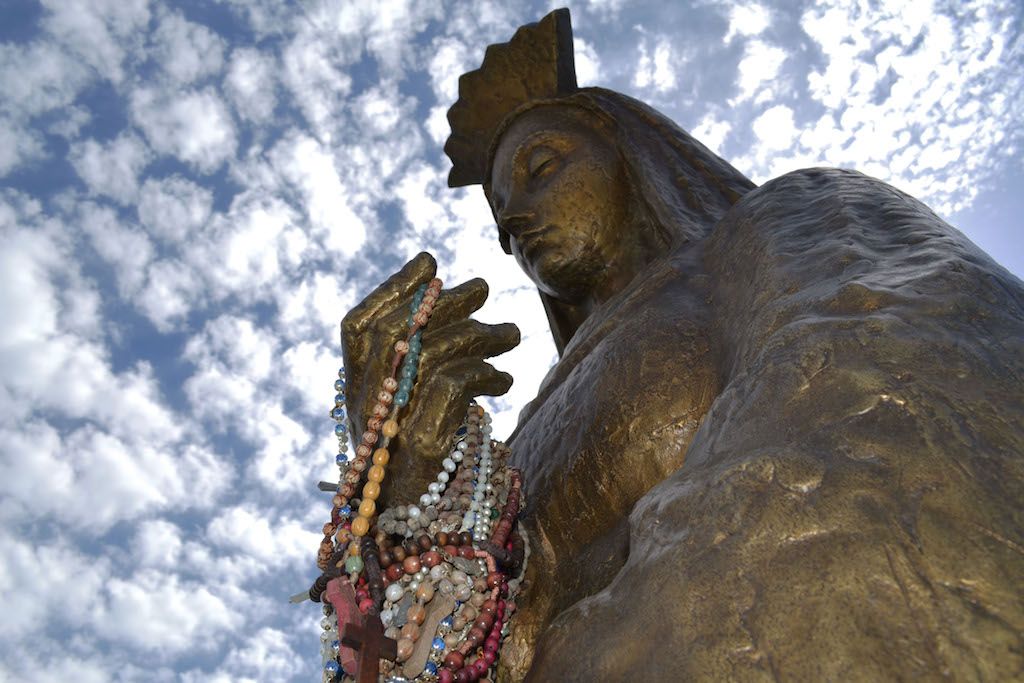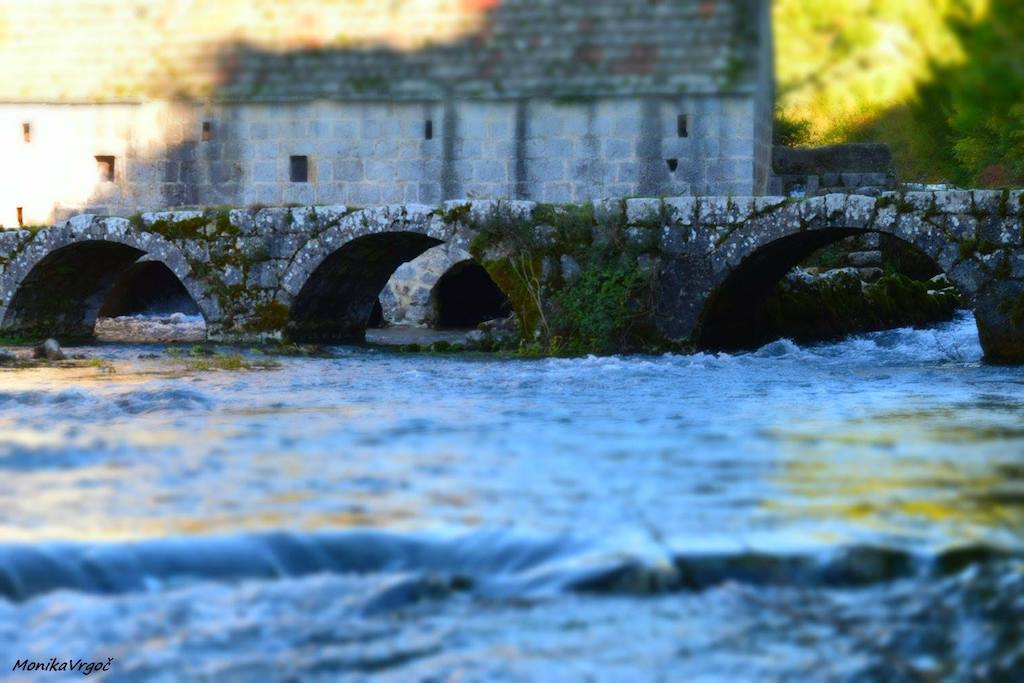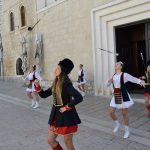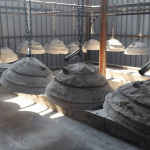Yesterday, on March 15, 2018, as part of the permanent tourism promotion of the Croatian National Tourist Board and the Tourist Board of Split-Dalmatia County, in cooperation with local tourist communities, welcomed the arrival of Dutch journalist and author Guido Derksen to the areas of Klis, Trilj and Sinj.
Because of the increasing number of arrivals of Dutch tourists to Split-Dalmatia County and the better information available today, Guido Derksen collected data for a publication in the Dutch Tourist Guide and publisher magazine NRC Handelsblad – Magazine Arts en Auto.

Guido Derksen was accompanied by Dino Ivančić, the region’s best tourist guide and winner of the “Man is the Key to Success in Tourism”, awarded in 2017 as part of the Days of Croatian Tourism. The tour started in Klis by visiting the Klis Fortress and learning about the burning past of the Klis uskoks, and their role in defending Dalmatia from constant Ottoman strikes in the 16th and 17th centuries. They then left to go to the town of Trilj where Andriana Ivkovic, director of the Trilj Tourist Board, welcomed Derksen. In Trilj, Guido Derksen was introduced to the traditional way of producing flour at the Grab mills; he visited the spring of the Grab river, the archaeological site Tilurium on Gardun, the nearby medieval tower Nutjak and the Trilj Region museum.

The Dutch journalist later visited Sinj where Monika Vrgoč, director of the Sinj Tourist Board, welcomed him. The tour of the city started at King Tomislav Square by the bronze gate of the Church of the Miraculous Lady of Sinj, the work of the academic sculptor Stipe Sikirica. Derksen was then acquainted with the ancient Gaj Laberia monument on Vrlička Street and the “beginnings” of football in the Cetina Krajina. Guido Derksen was delighted by the modern interactive design of the Sinjska Alka Museum. At the Sinj cemetery of Sv. Frane they visited the newly-built grave of Wally Neuzil, the muse of Austrian painter Egon Schiele. Towards the end, they visited the fortress of the City where Guido Derksen was introduced to the wondrous battle of Sinj in 1715 and its significance to the Croatian people.










